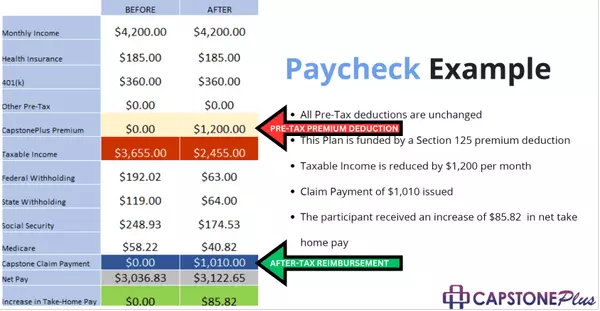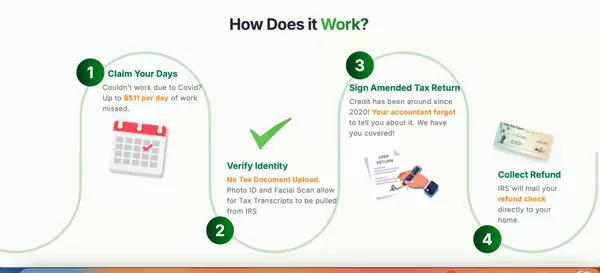WAFD Exits Residential Mortgages, Citing Regulatory Burden and CRA Compliance Challenges
WAFD Bank has announced its decision to exit the residential mortgage market, citing a confluence of factors including the current economic climate, the potential for increased loan defaults, and notably, the increasing regulatory burden associated with mortgage lending. This move marks a significant shift for the bank, which has been a major player in the mortgage industry for over a century.

While rising interest rates and a cooling housing market contributed to their decision, WAFD specifically highlighted the challenges posed by stricter Fed underwriting criteria, the prevalence of low credit scores among potential borrowers, and the difficulties in meeting Community Reinvestment Act (CRA) requirements. The bank recently received a "Needs to Improve" rating on its CRA exam, primarily due to a perceived lack of lending to low- and moderate-income (LMI) borrowers and communities.
WAFD expressed frustration with this assessment, emphasizing their long-standing commitment to serving all communities and highlighting the inherent difficulties in competing with government-sponsored programs that have less stringent underwriting requirements. They plan to appeal the CRA rating.
This situation raises important questions about the effectiveness and fairness of current regulatory frameworks. Is the emphasis on stringent underwriting standards and lending to LMI borrowers inadvertently pushing traditional banks like WAFD out of the mortgage market? Could this lead to a reduction in lending options for certain borrowers and communities?
Looking Ahead: What's Next for Real Estate and Mortgages?
WAFD's decision to exit the residential mortgage market serves as a stark reminder of the complex interplay between economic forces, regulatory pressures, and the evolving needs of borrowers. Several factors contribute to the uncertainty surrounding the future of real estate and mortgages:
-
Rising Interest Rates: The Federal Reserve's fight against inflation through interest rate hikes continues to impact mortgage affordability. How high will rates climb, and what will be the long-term impact on the housing market?
-
Cooling Housing Market: The once-hot housing market is showing signs of cooling. Is this a temporary blip or a harbinger of a more significant downturn?
-
Economic Uncertainty: Inflation and recessionary fears loom large. How will these economic headwinds affect the housing market and borrowers' ability to repay mortgages?
-
Increased Loan Defaults: Rising rates and economic instability could lead to increased loan defaults, potentially tightening lending standards further.
WAFD's exit from residential mortgages is a significant development with potential ramifications for the entire industry. It underscores the need for a careful examination of the regulatory landscape and its impact on both lenders and borrowers. As the market navigates these uncertain times, staying informed and adapting to the evolving landscape will be crucial for all stakeholders.
Categories
Recent Posts










